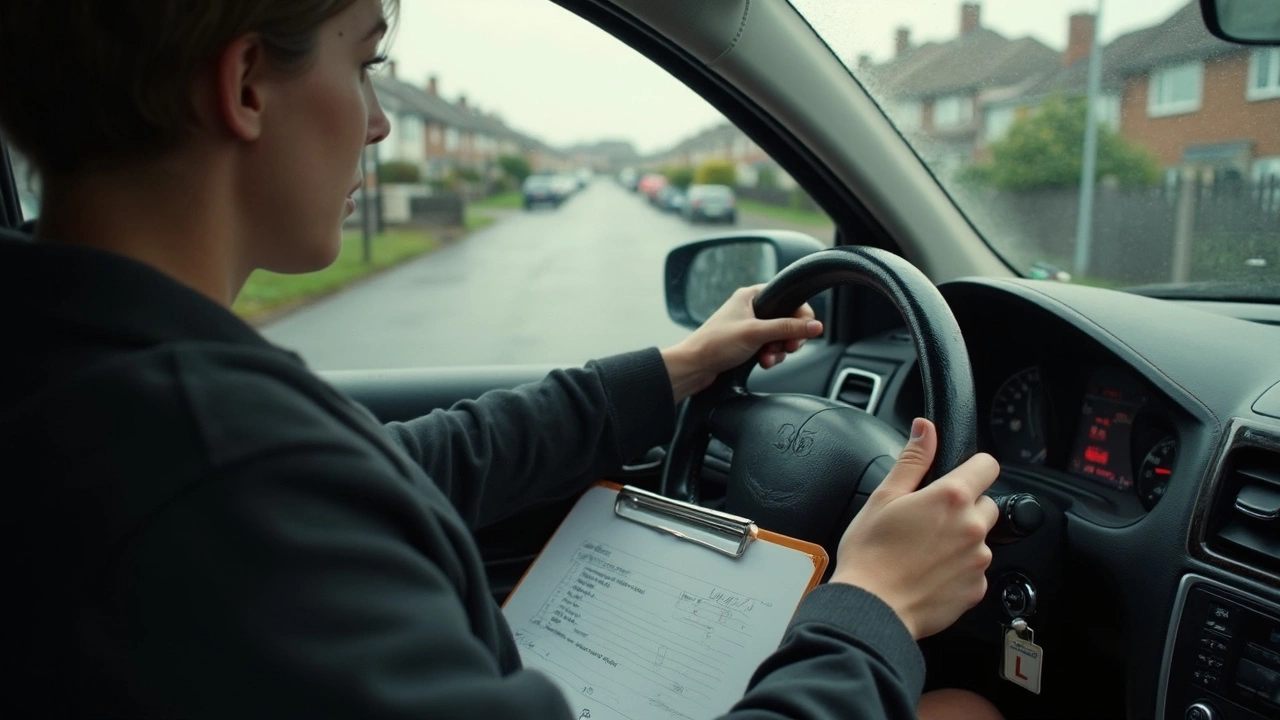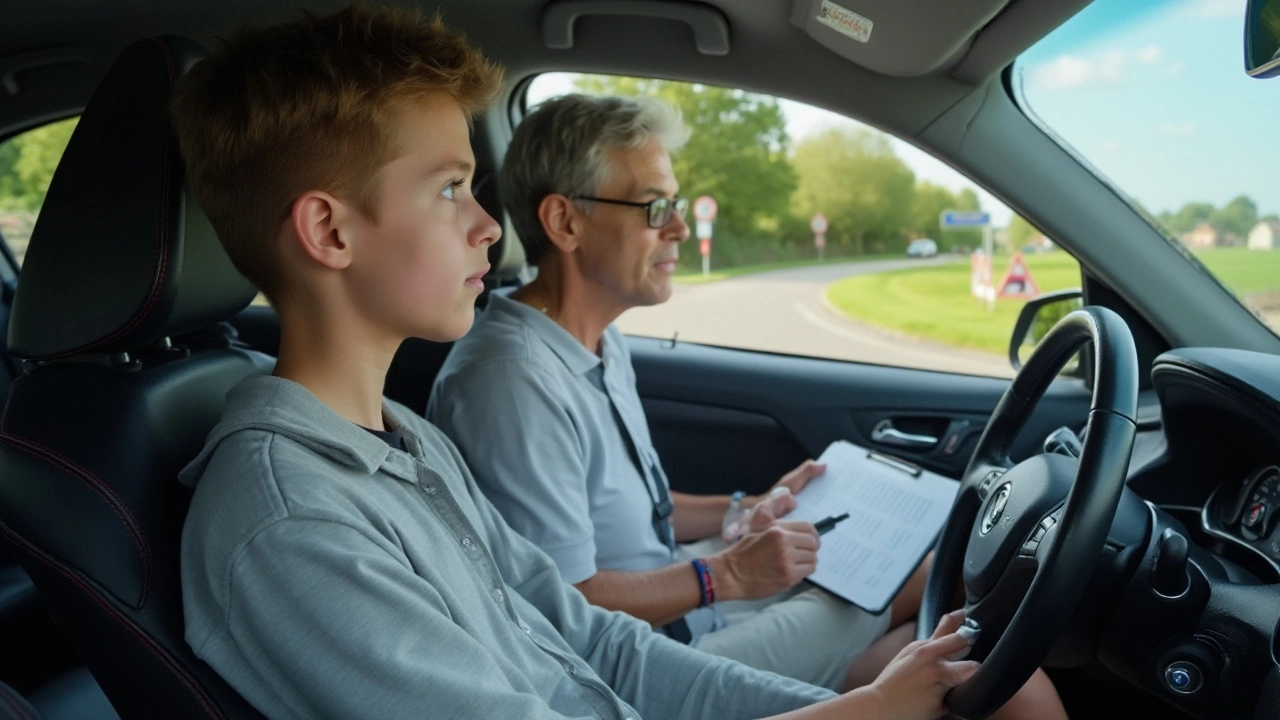Mock Driving Test: Your Shortcut to Passing the Real Exam
Feeling nervous about the upcoming practical driving test? The best antidote is a solid mock test. It mimics the real thing, lets you spot weak spots, and builds the muscle memory you need on the road.
First, grab a reliable practice route. Most learner‑driver apps offer a "test mode" that locks the course to the standard test layout – roundabouts, junctions, and a few tricky manoeuvres. If you prefer paper, print a map of a nearby test centre and drive the circuit a few times in the evenings when traffic is light.
How to Run an Effective Mock Test
Set a timer for the usual 40‑minute window. Treat it like the real deal: wear your learner plates, keep a supervisor in the passenger seat, and ask them to score you using the official fault sheet. Count each minor slip, like a brief hesitation at a traffic light, and note any major faults – for example, failing to check blind spots before changing lane.
After the run, sit down and go through the fault sheet together. Discuss why each mistake happened. Was it a lack of focus, or simply not knowing the correct procedure? Writing these notes in a notebook helps you remember the fix for next time.
Common Mistakes and Quick Fixes
1. Missing the ‘eye‑contact’ cue – At junctions, you need to make eye contact with other drivers to confirm they see you. Practice pausing a beat longer before pulling out; this habit reduces surprise from traffic.
2. Inconsistent mirror checks – Many learners glance only once before a manoeuvre. The rule of thumb is: check mirrors, signal, check mirrors again, then move. Run this sequence in every mock turn until it feels automatic.
3. Speed control on bends – Entering a curve too fast is a frequent fault. Use the “slow‑in, fast‑out” technique: brake before the bend, coast through, then accelerate once you’re straight.
When you repeat these fixes during several mock runs, they become second nature. By the time the examiner arrives, you’ll be doing them without thinking.
Another tip: record one of your mock tests with a phone or dash cam. Watching the video reveals habits you can’t feel while driving, like tightening the steering wheel too much or drifting in lane.
Finally, don’t forget the paperwork. A mock test is the perfect time to practice filling out the test form, noting any faults, and understanding the scoring system. Knowing how the examiner adds up points removes a lot of the anxiety on the day.
In short, a mock driving test isn’t just a rehearsal – it’s a diagnostic tool. Use it to measure where you stand, correct the small errors, and build confidence. Keep the sessions realistic, review every fault, and you’ll walk into the actual test centre ready to ace it.
- May 29 2025
- 0 Comments
- Rowan Cavendish
Mock Driving Test: How to Pass with Confidence
Worried about passing your mock driving test? This guide cuts to the chase, giving clear tips to boost your chances. Discover what actually happens during a mock test, why nerves can mess with your skills, and how to train smarter, not just harder. Real advice, real-life examples, and no pointless jargon—so you can step into the car feeling ready. Get the inside scoop on what instructors look for and how not to let silly mistakes ruin your day.
- January 25 2025
- 0 Comments
- Rowan Cavendish
Essential Guide to Mock Driving Tests: What to Expect
A mock driving test simulates the conditions and requirements of a real driving exam, providing learner drivers with valuable practice in test-like scenarios. It helps students understand what to expect, identify areas that need improvement, and build confidence before the actual test. Conducted by a simulated examiner, these practice tests cover fundamental skills such as motorway driving, parking maneuvers, and traffic sign comprehension. Understanding the structure and feedback from a mock test can significantly enhance a learner's preparedness.
- Driving Lessons (41)
- HGV Training (31)
- Driving Test Tips (31)
- Driving Test Booking (26)
- Driving Licence Renewal (23)
- Driving Theory Test (21)
- Pass Plus Course (15)
- Driving Tips (15)
- Intensive Driving Course (15)
- Driver Licensing (14)
Categories
- December 2025 (12)
- November 2025 (13)
- October 2025 (21)
- September 2025 (5)
- August 2025 (8)
- July 2025 (30)
- June 2025 (30)
- May 2025 (30)
- April 2025 (31)
- March 2025 (30)
- February 2025 (28)
- January 2025 (34)
Archives
- driving lessons
- driving test
- driving tips
- intensive driving course
- driving test tips
- HGV training
- learn to drive
- driving theory test
- driver training
- driving test booking
- pass driving test
- HGV driving
- road safety
- driving license renewal
- Virginia driving test
- learner drivers
- safe driving
- Virginia driver's license
- driving license
- learning to drive


